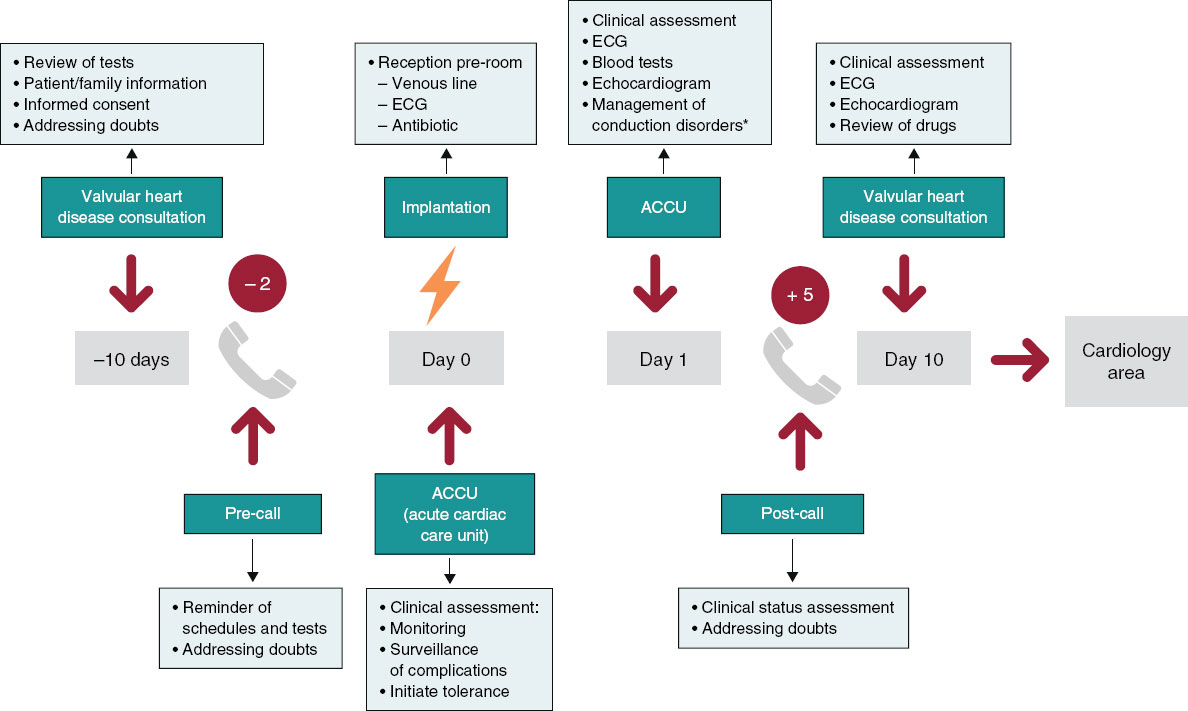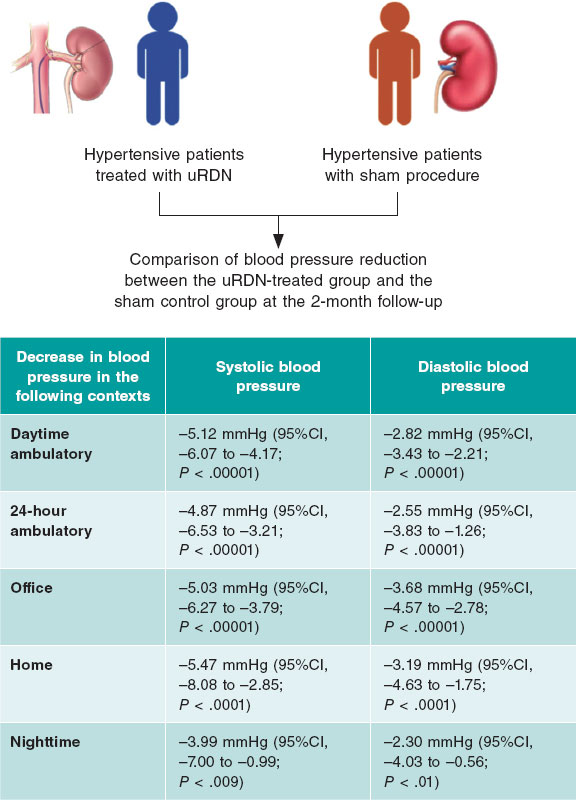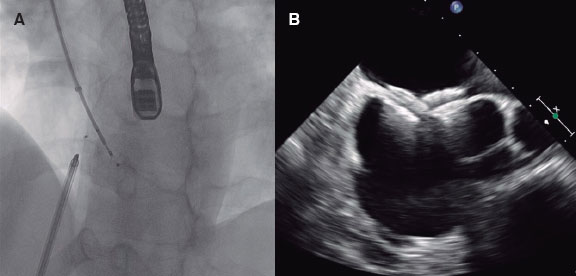-
«Don’t say anything online that you wouldn’t want plastered on a billboard with your face on it.»
Erin Bury, Sprouter community manager
Scientific dissemination has always been at the forefront of medicine. It consists of bringing the advances made in research to all professionals and the general population. The traditional way to do this was through books. However, the growing accumulation of knowledge and the need to communicate it in a timely manner prompted the appearance of periodic publications: the scientific journals.
Currently, the enormous speed at which knowledge is generated and the lust for knowledge have found an ally in the Internet and the inevitable social media. The possibilities are just amazing, and they allow the spread of ideas and opinions with greater impact in education, networking, and public health. 1,2
In our journal, Jurado-Román reviewed the role of social media in the educational setting and highlighted its importance without obviating its potential risks and limitations.3,4 Some have already coined the term “twitterology” to refer to the medical use of this social network.5
Over the last year an example of this have been the ISCHEMIA and PARTNER-3 landmark clinical trials that have prompted ongoing discussion and debate on social media.6,7 But new studies do not have the monopoly on this. We have also witnessed fierce debates about a not so recent trial that gave rise to methodological considerations; I am referring to the EXCEL trial and the update of its 5-year results.8-11
The recent pandemic of COVID-19 has been the largest dissemination of medical-scientific information on social media ever. We have learned so much from this world-shocking experience in this regard.
CHARACTERISTICS AND PREVALENT VALUES OF COMMENTS POSTED ON SOCIAL MEDIA
Here is a brief description of the characteristics of communication in social media based on what is being posted on a daily basis.
Totally open access
Anybody can post their opinion or comment on social media. This means that the capacity to spread knowledge has been democratized with the corresponding benefits and risks involved. There is no peer review nor filters on authors or content. Rigor and truth are not guaranteed either, only if imposed by the author himself.
Communication on real time and immediacy
The comments are published and available online immediately. There are no delays anymore. Communication needs to happen as quickly as possible after public exposure or after the publication of the study or even better during its presentation at the congress. Being the “first to shoot” is the only thing that matters.
Concision
These comments are limited in size and thoughts on a particular study have to be summarized in a few words. Regarding Twitter, complexity has to be summarized in just 280 characters. Simplicity over concision is the rule to follow.
Impact
Communication needs to generate sensations and induce reactions whether of agreement or of rejection; anything goes but indifference.
The group: tribalism
The study results perceived as favorable are cheered by the group and those considered negative are ignored, questioned or even rejected in a sort of medical tribalism already identified and questioned by some.12 This mimics the fierce style of political or football discussions.
The influencer
The communicator becomes the “man of the hour”; it is not about the actual value of the message anymore but about the messengers themselves. The author feels compelled to comment on all studies. These comments are awaited by those who receive them with sympathy or rejection. These influencers have followers who can’t wait to give their feedback as well; this division is related to the author’s profession and the group represented by the author.
The reactions
Reactions are subject to similar conditions. However, in this case, they may not be preceded by the acquisition of information and reflection on the opinion given; feedback is posted in a rather direct way often guided by feelings and emotions rather than reason. There are times that the comment is posted simply because a certain opinion is expected to be given by the author’s professional group.
-
«Twitter is a great place to tell the world what you’re thinking before you’ve had a chance to think about it.» Christopher J. Pirillo, blogger
THE REAL VALUES OF SCIENTIFIC DISCUSSION
Having said all this, we should not forget about the real values of scientific communication. The interpretation of a study requires a detailed analysis of methods and results, confirmation through previous studies, and the assessment of the different interpretations given. All of it requires elaborating and presenting one’s personal opinion in the most basic way possible. This process takes time, space, and moderation. That is the only way to achieve precise and balanced results.
The rule of the 3 Rs to have a scientific debate on social media: rigor, responsibility, and respect
The contrast between the characteristics and values of success on social media and the real values that should inspire scientific discussion is obvious. The only way to bring together the true virtues of both is through the commitment to communicate with rigor, responsibility, and respect:
-
– Rigor. Scientific rigor, that is, sticking to the actual content of a study and what it is actually implied regardless of the prejudices or preferences of the group we belong to.
-
- Responsibility. Responsibility with the professional group that will be following the comments posted —not always experts— and many times not even health professionals but patients, families, and the general population. The effect on the latter —who don’t have the same critical capacity as experts— can be misleading, alarming or doubtful.
-
– Respect. Respect to professionals from other groups and subspecialties, especially those capable of interpreting things differently. Topics often admit different readings in such a complex setting as ours. Respect to the population who can have access to this information, such as patients and families.
RECOMMENDATIONS FOR SCIENTIFIC COMMUNICATORS ON SOCIAL MEDIA
Before posting anything on social media you should inform yourself, delve into the studies, think about your interpretation, and reflect on the reactions your post might generate. Take your time and don’t be obsessed with the topic under discussion right away. Don’t try to amaze everyone at all times, but shake consciences to a certain point, appeal to reason rather than feeling, and respect other people’s opinions.
To mitigate the effects of tribalism it is essential to recognize the natural tendency to create an us-vs-them-based state of opinion and to move away from such a state towards a more problem-focused approach. Group-based approaches should be left aside to favor a more positive collaboration and interaction with others.12
Finally, take your time to fight back, but do not do it right away. The true value should be in the message, not the messenger. If you respect privacy, listen more than you talk, see things from the other people’s perspective, and focus only on doing good to others, then you cannot go wrong.13
I would like to conclude with a quote by social media expert Erik Qualman that perfectly summarizes this editorial: «We don’t have a choice on whether we do social media, the question is how well we do it».
CONFLICT OF INTERESTS
J. M. de la Torre Hernández has received funding to conduct his study from Abbott Medical, Biosensors, Bristol Myers Squibb, and Amgen; he has also received funding for his work as a consultant for Boston Scientific, Medtronic, Biotronik, and Daiichi-Sankyo.
REFERENCES
1. Snipelisky D. Social Media in Medicine:A Podium Without Boundaries. J Am Coll Cardiol. 2015;65:2459-2461.
2. Hawkins CM, Hillman BJ, Carlos RC, Rawson JV, Haines R, Duszak R Jr. The impact of social media on readership of a peer-reviewed medical journal. J Am Coll Radiol. 2014;11:1038-1043.
3. Jurado-Roman A. Redes sociales como medio educativo en la cardiología intervencionista. REC Interv Cardiol. 2019;2:73-74.
4. Yeh RW. Academic cardiology and social media:navigating the wisdom and madness of the crowd. Circ Cardiovasc Qual Outcomes. 2018;11:e004736.
5. Anand A. “Twitterology“:A new age of medicine and social media colliding. Available online:https://www.tandfonline.com/doi/full/10.1080/24745332.2017.1382316. Accessed 13 Jan 2020.
6. International Study of Comparative Health Effectiveness With Medical and Invasive Approaches –ISCHEMIA. En:AHA 2019. American Heart Association Annual Scientific Sessions;2019 Nov 14-16. Filadelfia, Estados Unidos. Available online:https://professional.heart.org/professional/ScienceNews/UCM_505226_ISCHEMIA-Clinical-Trial-Details.jsp. Accessed 13 Jan 2020.
7. Mack MJ, Leon MB, Thourani VH, et al. PARTNER 3 Investigators. Transcatheter Aortic-Valve Replacement with a Balloon-Expandable Valve in Low-Risk Patients. N Engl J Med. 2019;380:1695-1705.
8. Stone GW, Kappetein AP, Sabik JF, et al. Five-Year Outcomes after PCI or CABG for Left Main Coronary Disease. EXCEL Trial Investigators. N Engl J Med. 2019;381:1820-1830.
9. Cohen D, Brown E. Surgeons withdraw support for heart disease advice. Available online:https://www.bbc.com/news/health-50715156. Accessed 13 Jan 2020.
10. Genereux P, Gersh BJ, Gershlick A, et al.;for the EXCEL trial leadership. Official Response from EXCEL Leadership. Available online:https://www.tctmd.com/slide/official-response-excel-leadership. Accessed 13 Jan 2020.
11. Taggart D. Response by David Taggart, MD, PhD to the EXCEL Statement. Available online:https://www.tctmd.com/slide/response-david-taggart-md-phd-excel-statement. Consultado 13 Ene 2020.
12. Mannix R, Nagler J. Tribalism in Medicine - Us vs Them. JAMA Pediatr. 2017;171:831.
13. Mandrola J. RESPONSE:The Necessity of Social Media Literacy. J Am Coll Cardiol. 2015;65:2461.
Corresponding author: Unidad de Hemodinámica y Cardiología Intervencionista, Hospital Universitario Marqués de Valdecilla, Valdecilla Sur, 1.ª Planta, 39008 Santander, Cantabria, Spain.
Email address: he1thj@humv.es (J.M. de la Torre Hernández).










